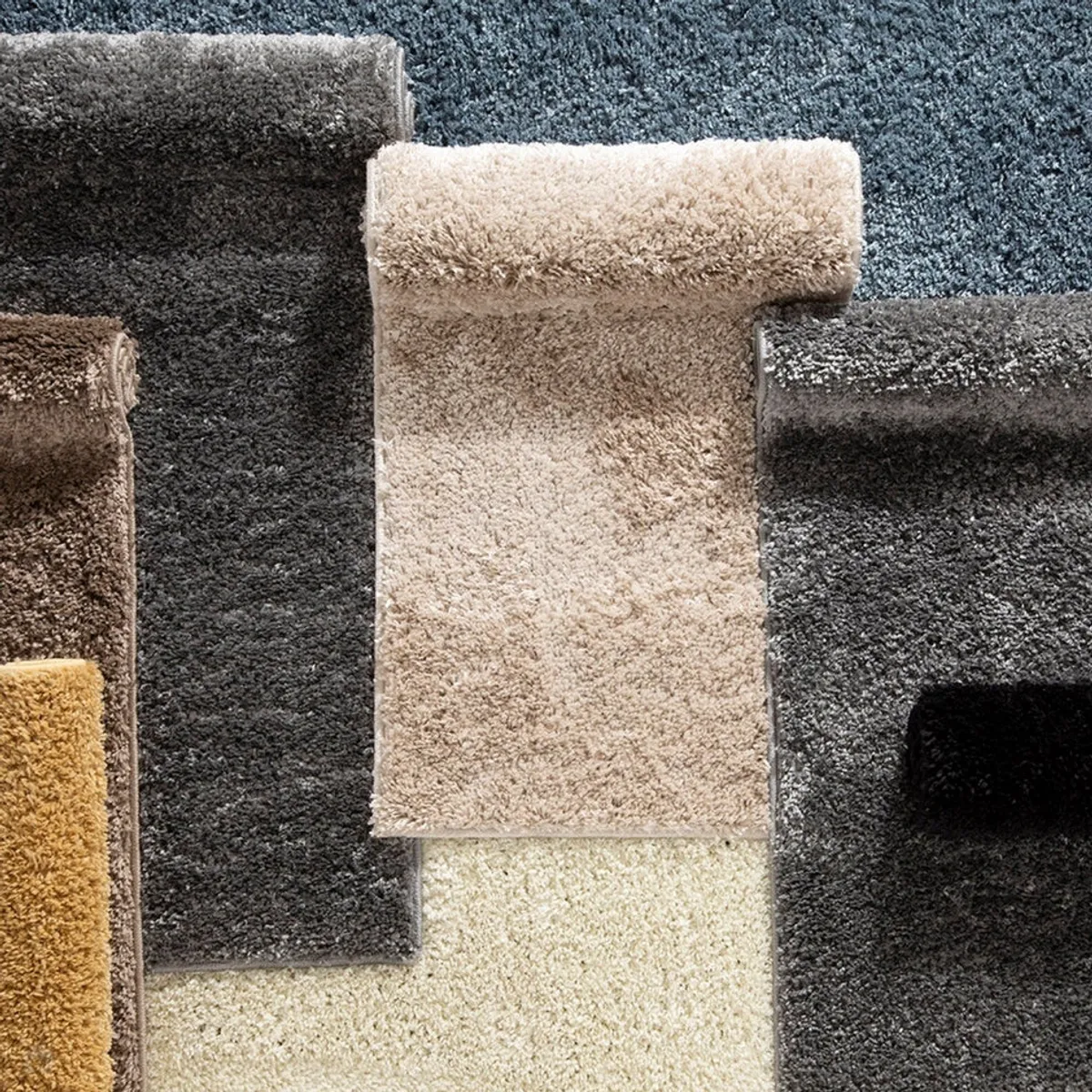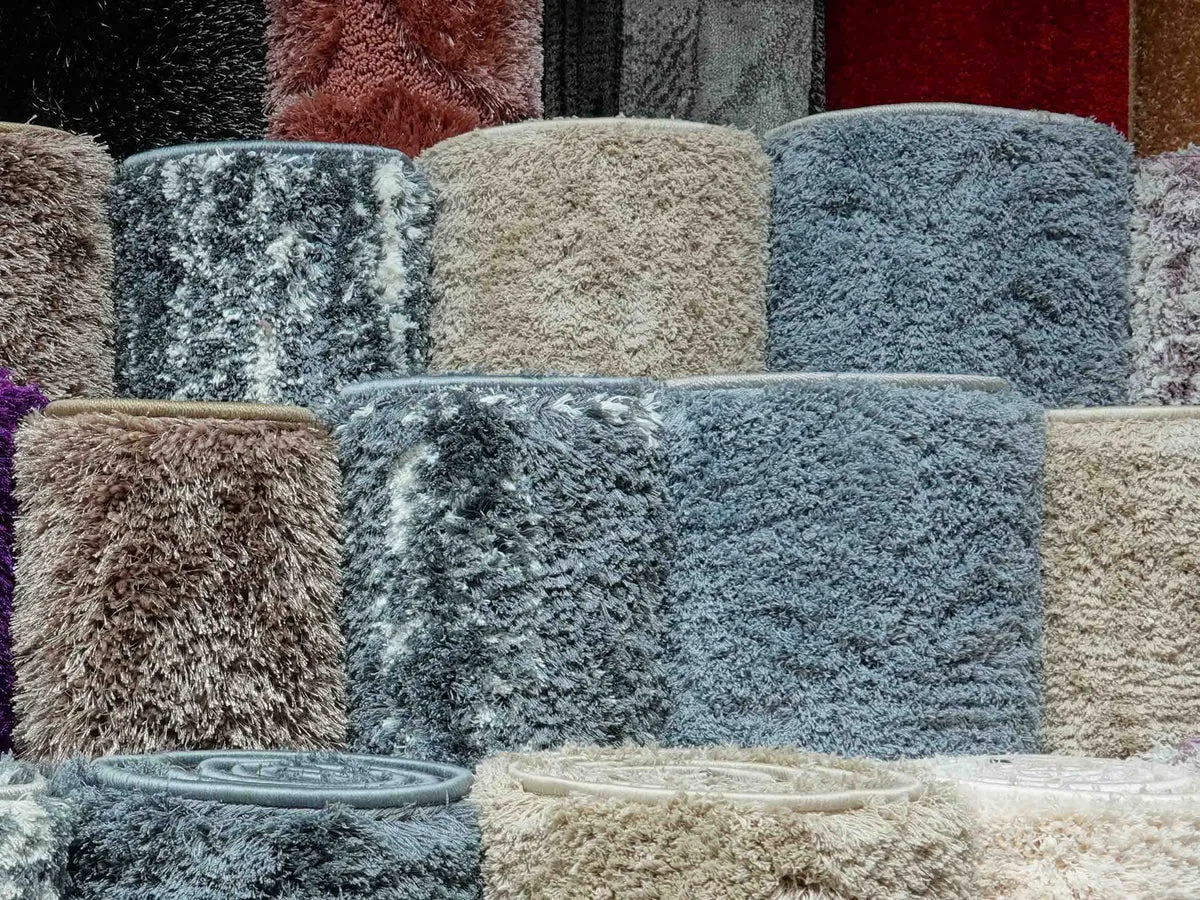choosing the right carpet for your living room – my hands-on experience
When I began renovating my living room, I quickly realized that choosing a carpet wasn't just about picking the right color or design to match the décor. It was about durability, comfort, stain resistance, and how well the carpet could withstand the wear and tear of daily life. In my research, I kept running into the comparison “Polyester vs Polypropylene carpets from KATAmats”, which intrigued me enough to try both types in my own space.
After months of living with both polyester and polypropylene carpets, I’ve developed some practical insights—insights that only come from real-life experience. In this article, I’ll share my personal perspective, which I hope will help you decide which carpet material is better suited for your own living room.
Why I Decided to Try Both Carpet Types
The living room is a high-traffic area in any home. It’s the hub for family activities, guest gatherings, and sometimes even spontaneous movie nights on the floor. I didn’t want to make a blind choice based only on online reviews or pretty catalog pictures.
After reading Polyester vs Polypropylene carpets from KATAmats, I was drawn to how well both materials were broken down. Polyester was praised for its softness and sheen, while polypropylene was highlighted for its durability and stain resistance. Rather than commit to one or the other, I decided to install polyester carpet near the sofa—where foot traffic is lighter—and polypropylene carpet along the main walkway to observe how each performs over time.

First Impressions: How Each Carpet Feels Underfoot
From the moment I stepped on each carpet, the differences were clear. The polyester carpet gave a luxuriously soft and plush feel, making it a joy to sit or lie down on. Sometimes, I’d even sprawl across the floor to read or nap—it was that comfortable.
The polypropylene carpet, on the other hand, felt firmer and slightly rougher in texture. It wasn’t uncomfortable, but it certainly wasn’t as cushioned as polyester. Still, it felt stable and secure underfoot, which I appreciated in a high-traffic area. It gave me confidence that this carpet could hold up well over time.
Stain Resistance and Cleaning – Polypropylene Pulls Ahead
One lazy weekend afternoon, my child accidentally spilled orange juice on the floor. Fortunately, the spill happened on the polypropylene carpet near the front door. Thanks to its low absorption rate, the stain didn’t spread. I quickly blotted it with a damp cloth, and just like that, the mess was gone—no marks, no lingering smell.
In contrast, when a few drops of coffee landed on the polyester carpet, I had to use a carpet cleaner to fully remove the stain. While I eventually got it out, the process was more involved and a little stressful, especially since polyester fibers tend to hold onto pigments more easily.
From that moment on, I understood why polypropylene is often recommended for areas prone to spills—it’s not just about being water-resistant but also about being hassle-free to clean.
=>>> Hesitating between these two types of carpets? Click here for the answer.

Durability Over Time – The 6-Month Check-In
I made a point to track how each carpet held up over six months. The polypropylene carpet started to show minor compression in high-traffic areas like the entryway and in front of the TV. But thanks to its tightly bound fibers, there was no fraying or matting.
Meanwhile, the polyester carpet didn’t show much flattening, but it was more susceptible to furniture marks. I noticed that the legs of my coffee table left impressions, and some areas began to show slight fuzzing, especially where I often sat or walked barefoot.
If we’re talking about sheer long-term durability in busy areas, polypropylene certainly proved more consistent in performance.
Aesthetics – Lighting, Color, and Personal Taste
My living room has large windows that let in plenty of natural light. In this kind of environment, the polyester carpet really stood out. Its slight sheen made the entire room feel brighter and more upscale. The colors also appeared deeper and more vibrant compared to the matte finish of polypropylene.
However, I began noticing some color fading on the polyester carpet in spots that received direct sunlight throughout the day. In contrast, the polypropylene carpet retained its color better, though its tones were flatter and less dynamic to begin with.
If you're decorating a well-lit space and want your carpet to add a bit of visual flair, polyester is a great choice. But if long-term color retention matters more to you, polypropylene wins.
Budget Considerations – Cost vs. Value
Cost was definitely a factor in my decision-making process. Polypropylene carpets are more budget-friendly—typically 10–20% cheaper than polyester for carpets of the same size and pile height. That’s a considerable difference if you’re covering a large space like a living room.
Polyester carpets, while more expensive, offer a more premium feel. Personally, I felt that the extra cost was justified for the area near the sofa, where I wanted a cozier, more elegant ambiance.
My advice? Think about where you're installing the carpet. If it's a spot where guests will notice and you want to impress, spending a bit more on polyester might be worth it. But for high-traffic, utilitarian areas, polypropylene gives excellent value without breaking the bank.
=>>> Discover the difference between Polyester and Polypropylene carpets in this article.

My Honest Recommendation Based on Real Use
If you’re weighing your options for the living room, here’s my takeaway based on first-hand experience:
Choose polypropylene if your priority is durability, stain resistance, ease of cleaning, and affordability. It’s a practical solution for busy households.
Opt for polyester if you want luxury, softness, and a more refined look, especially in spaces where comfort is key and foot traffic is moderate.
In my case, I didn’t settle for just one—I strategically used both types based on the room’s layout and purpose. By doing so, I got the best of both worlds without compromising on comfort or functionality.